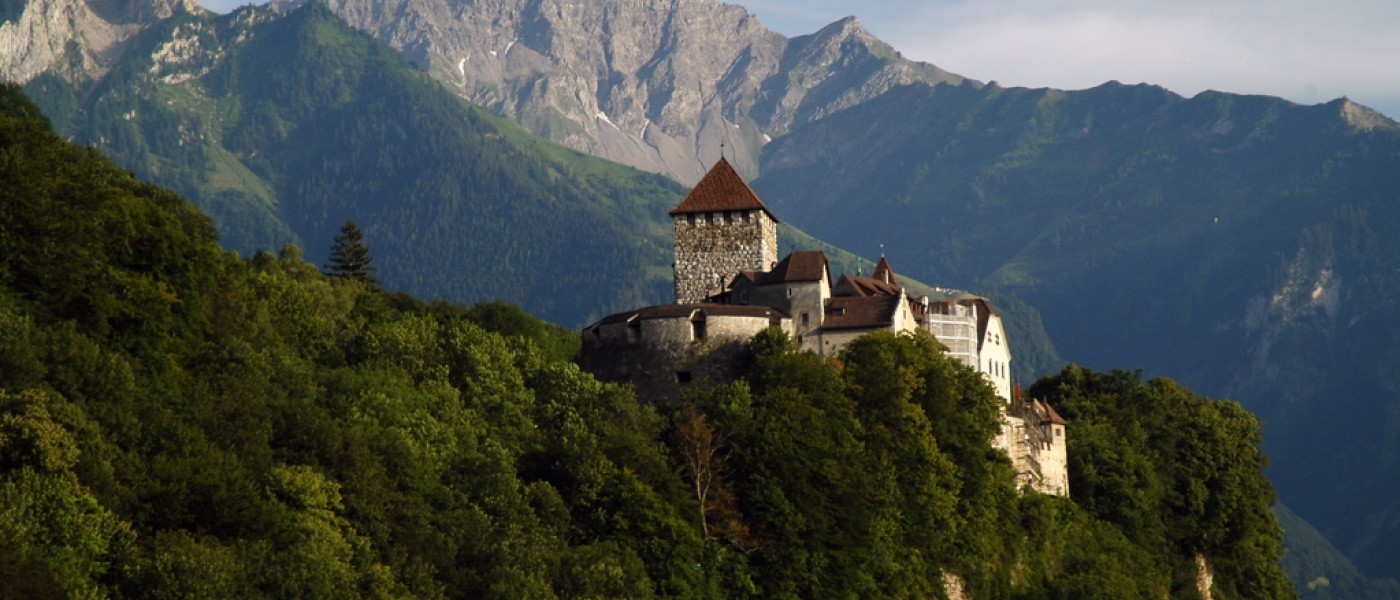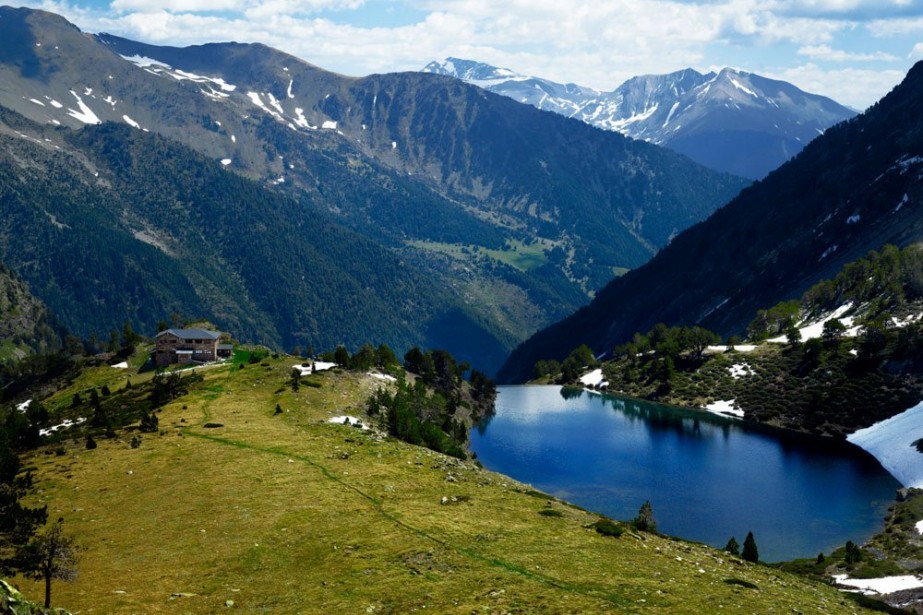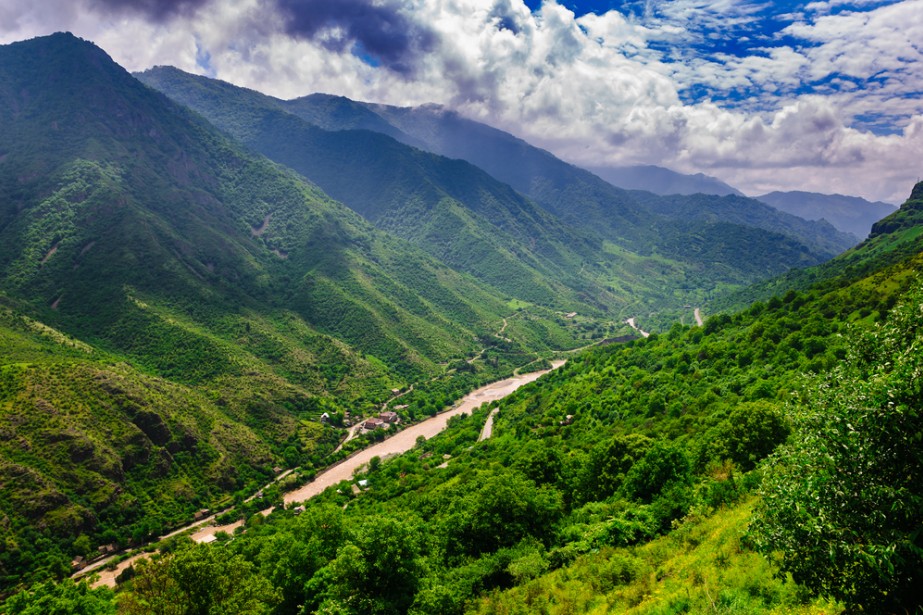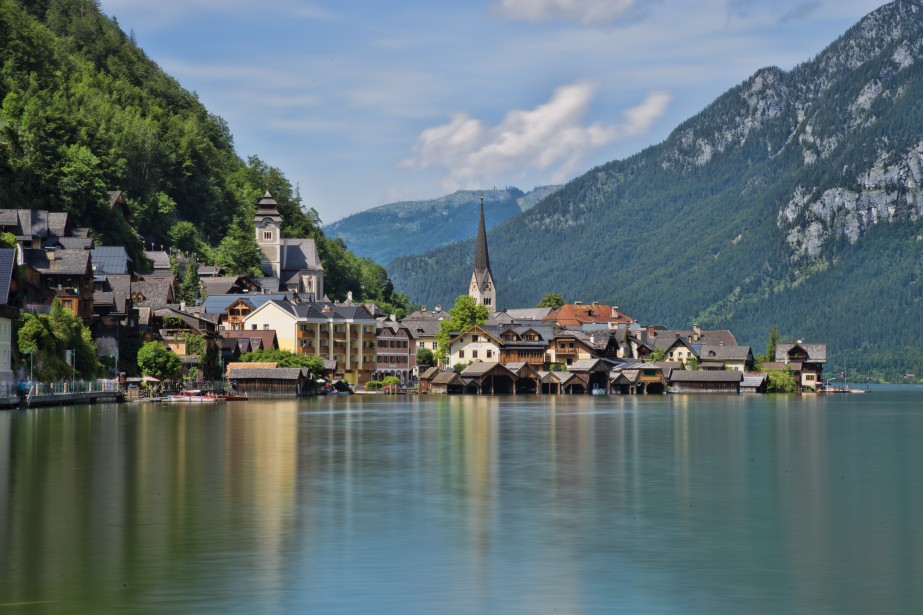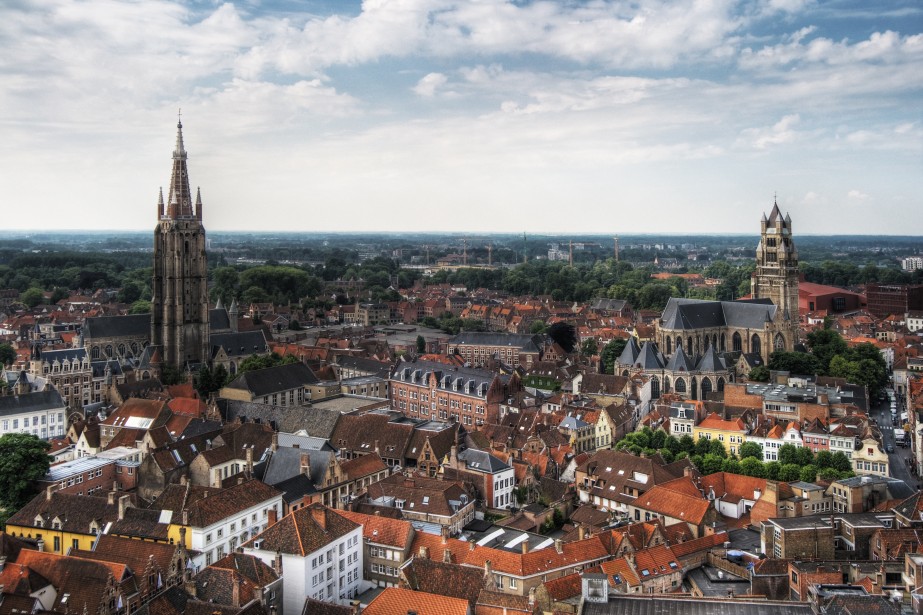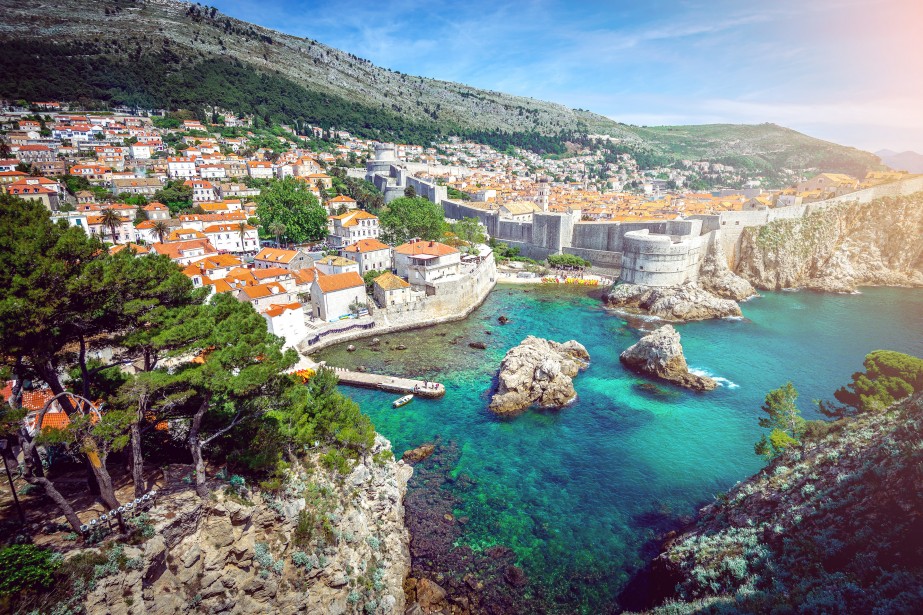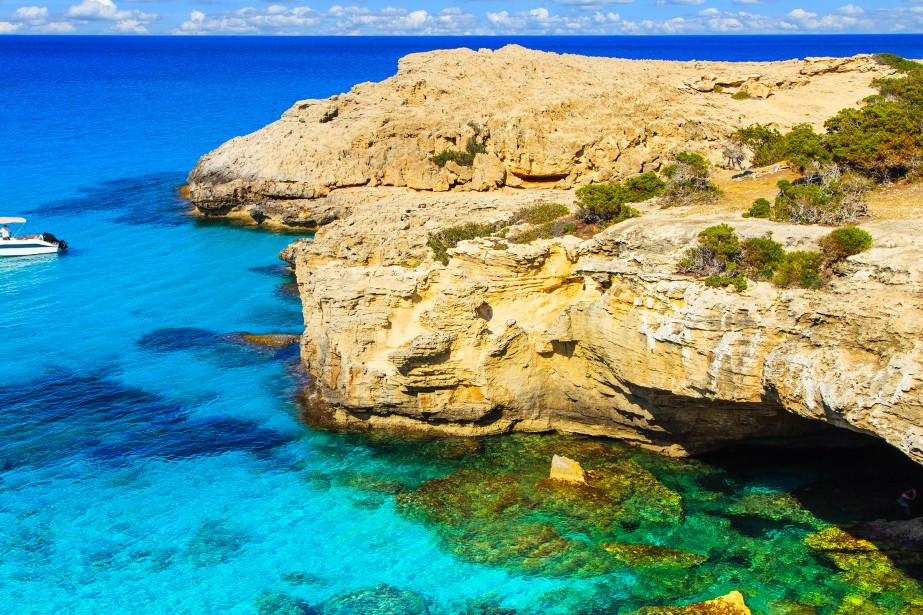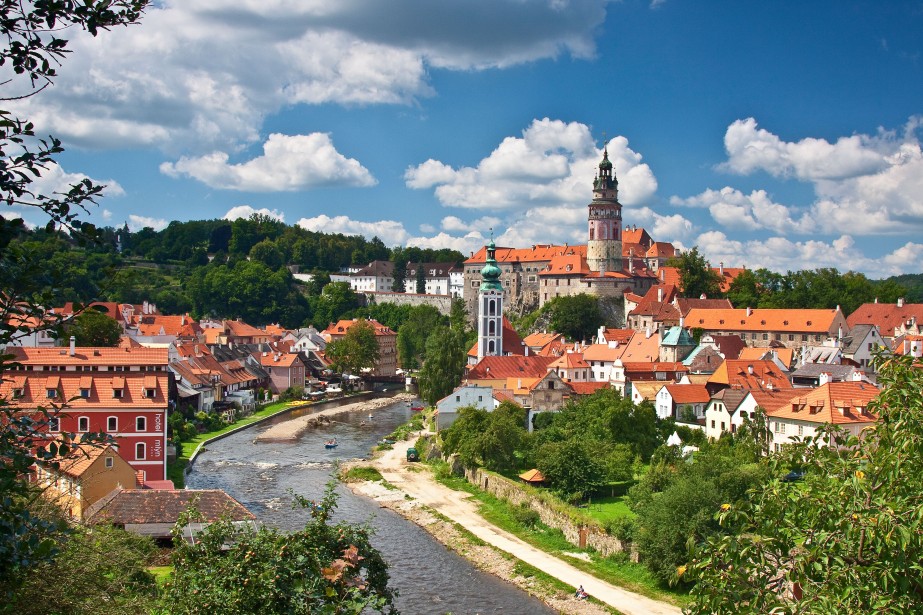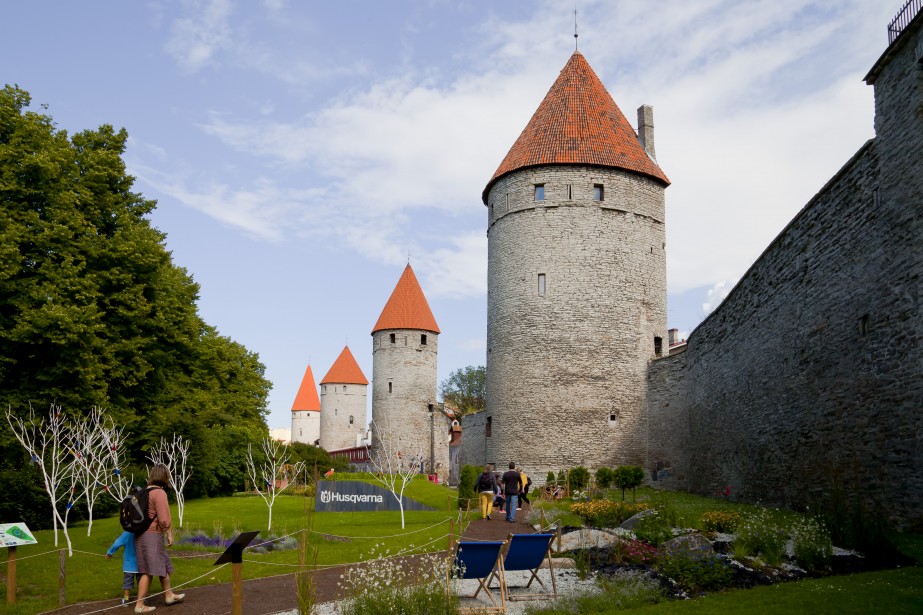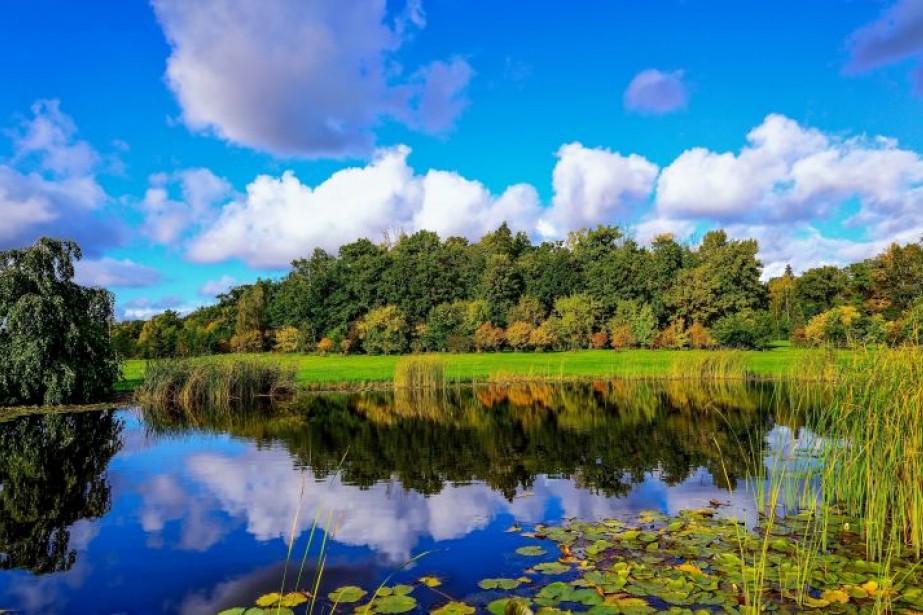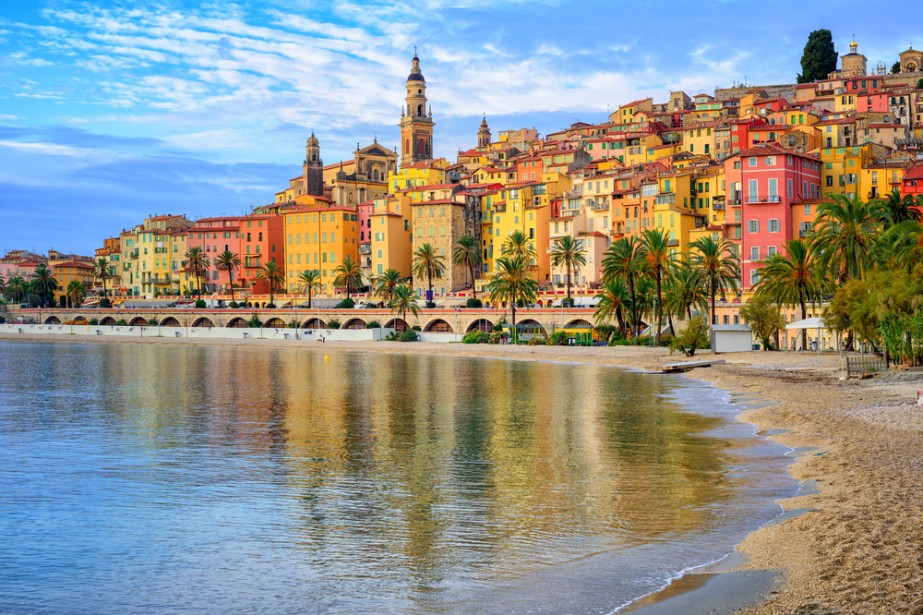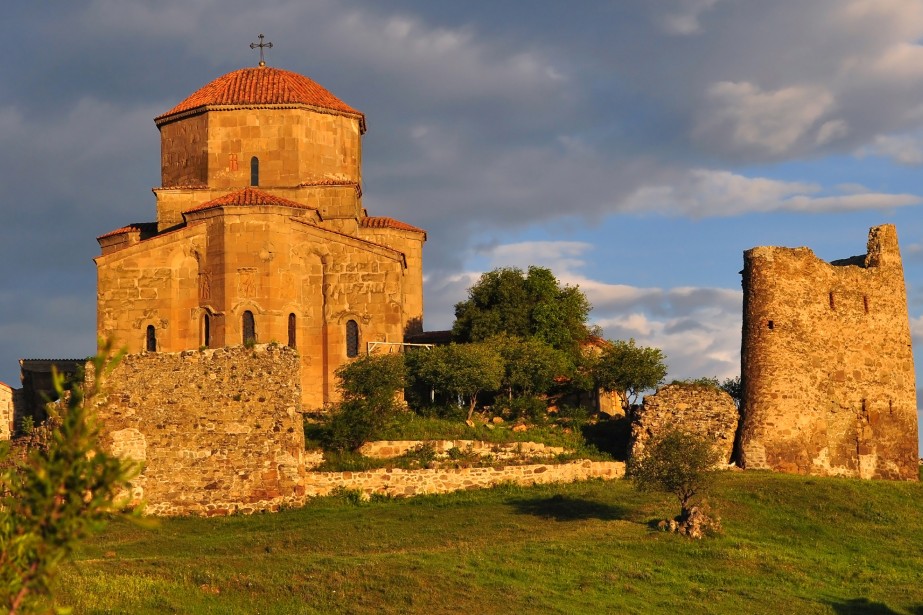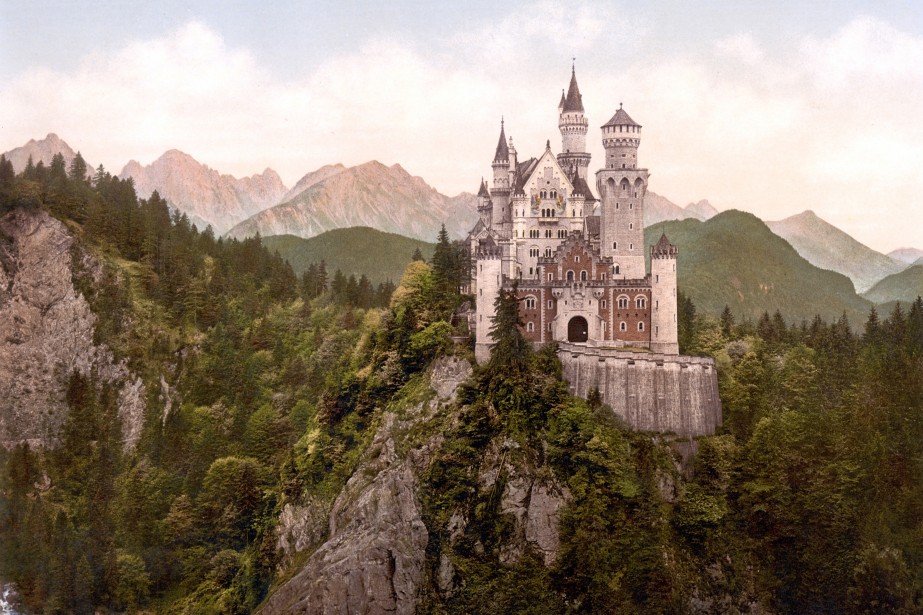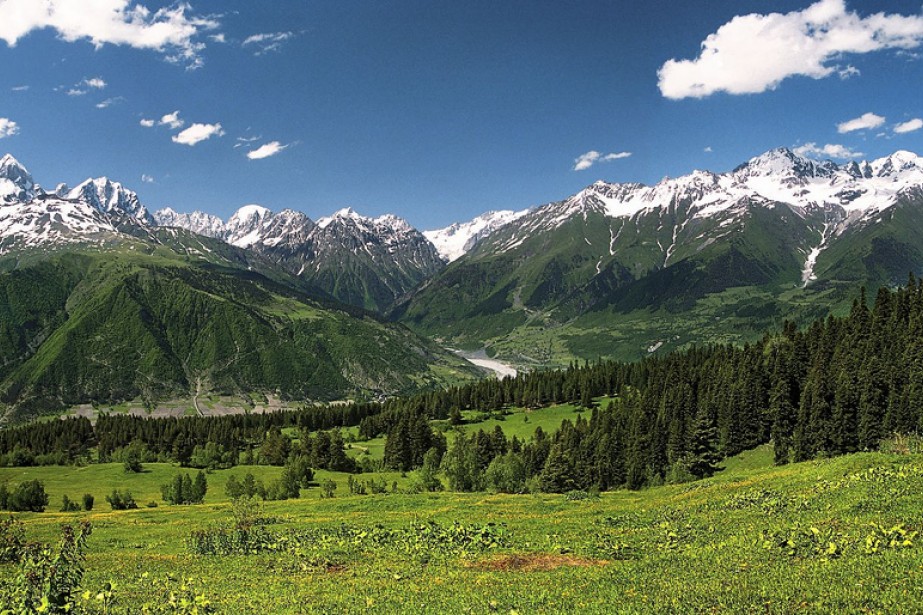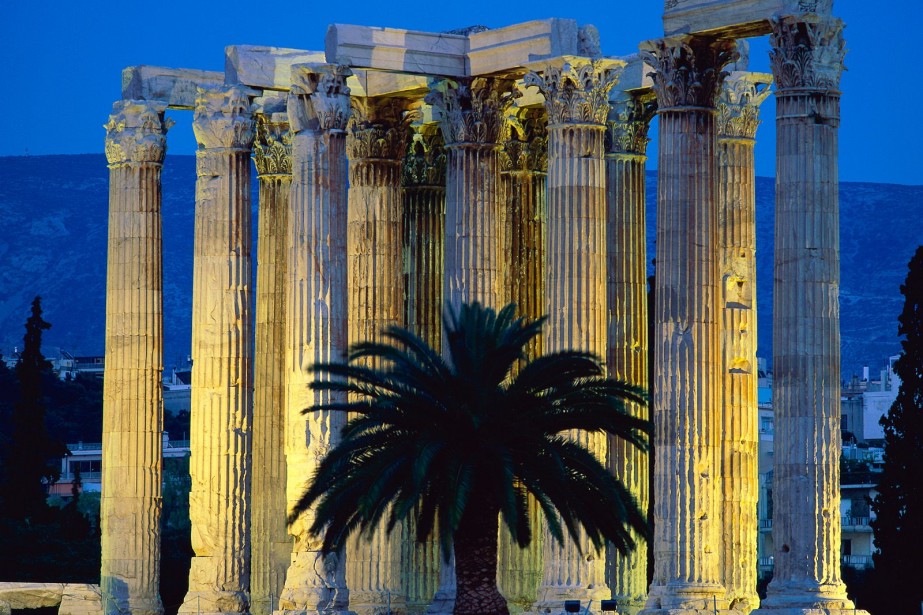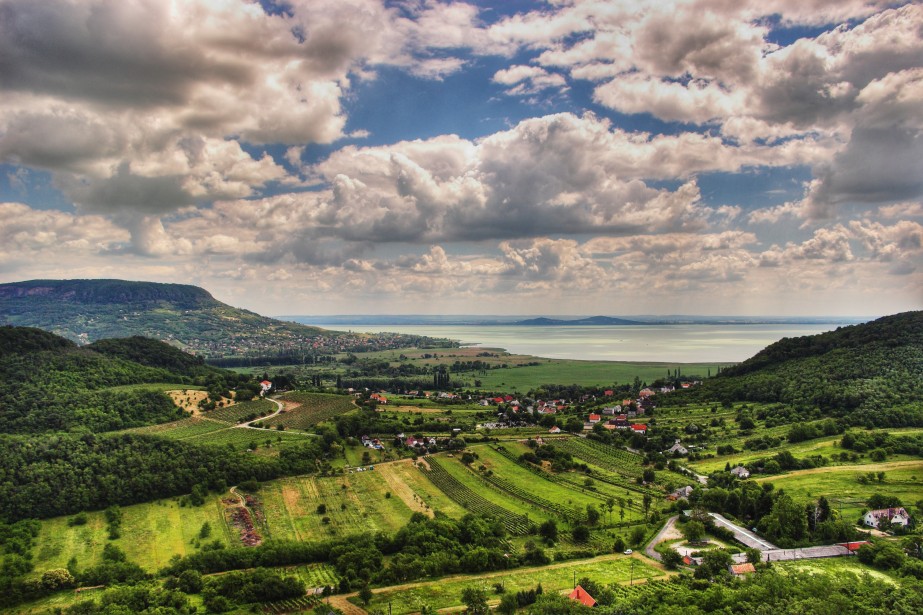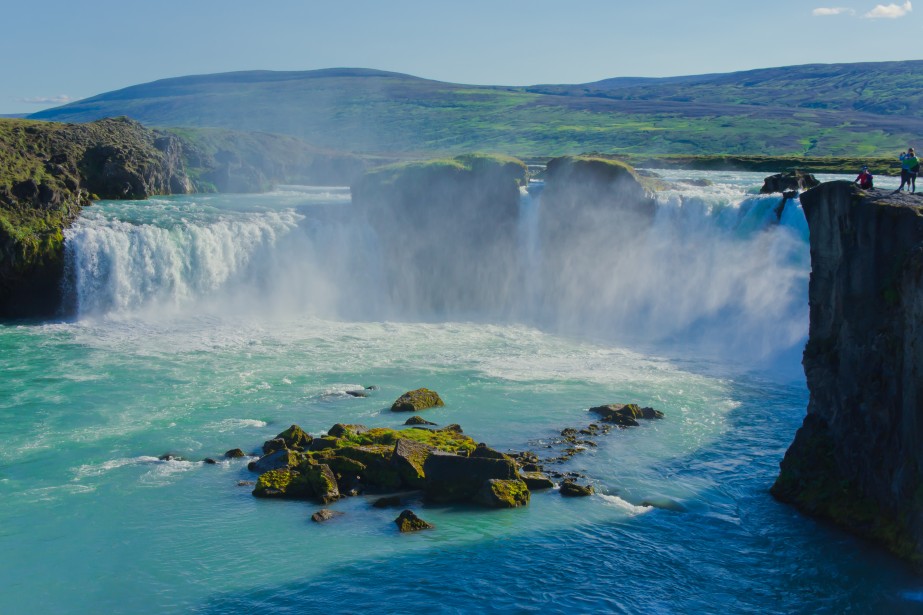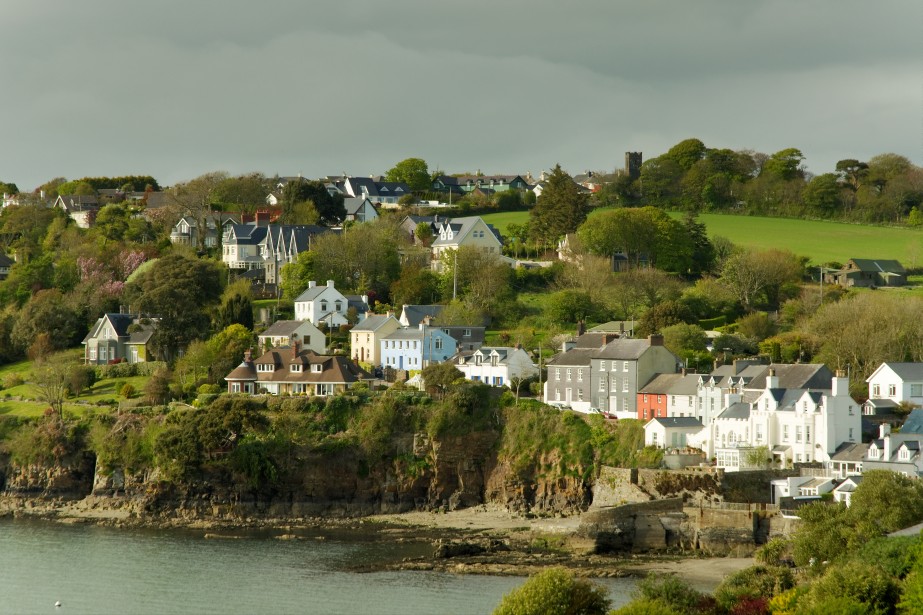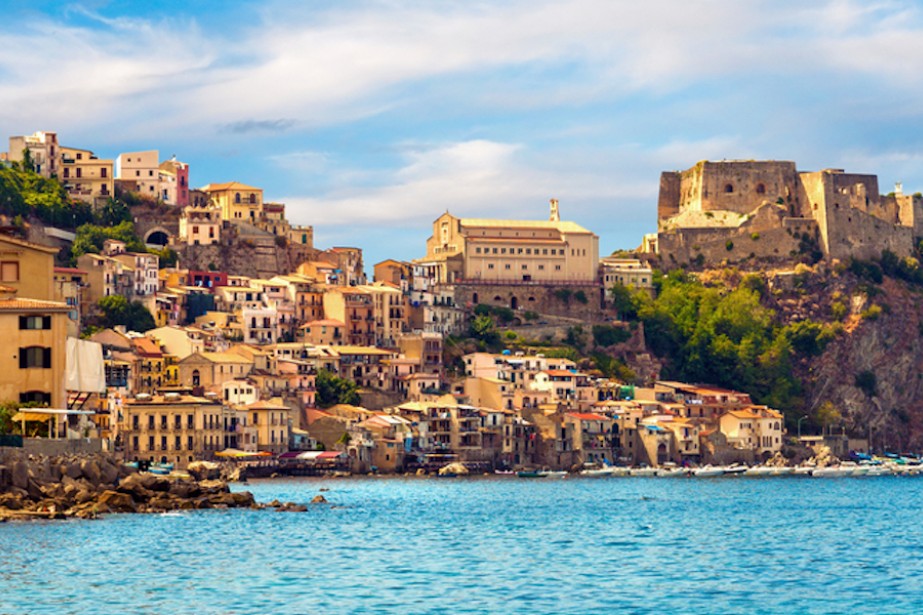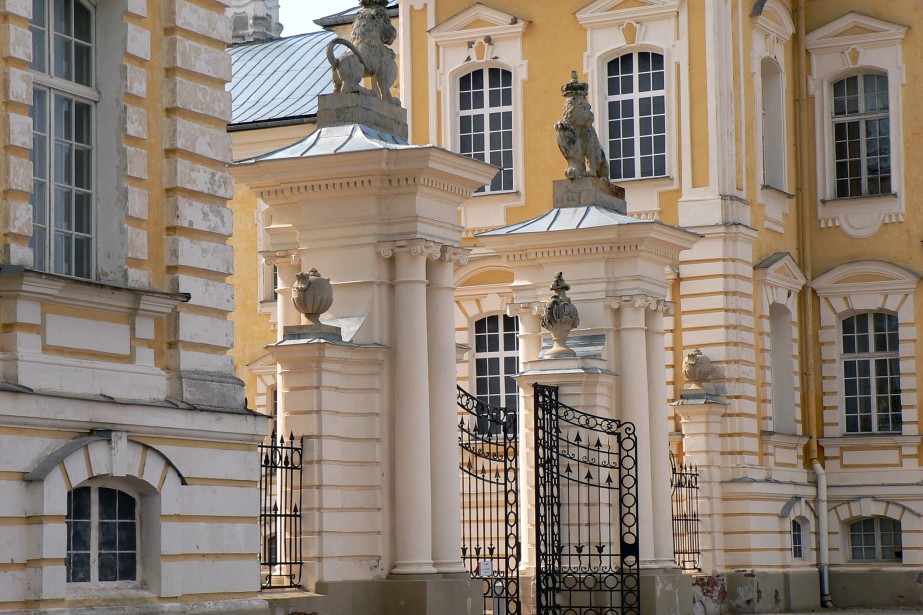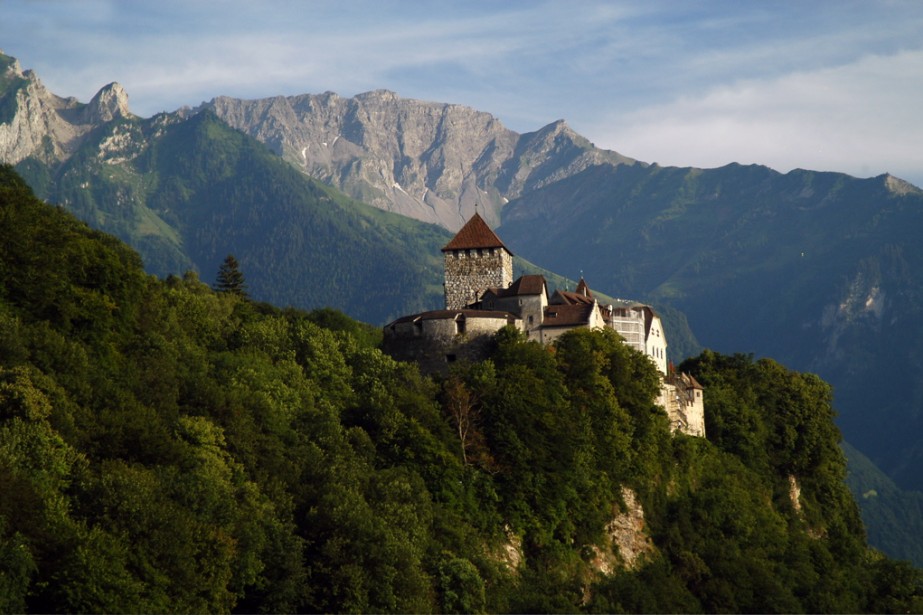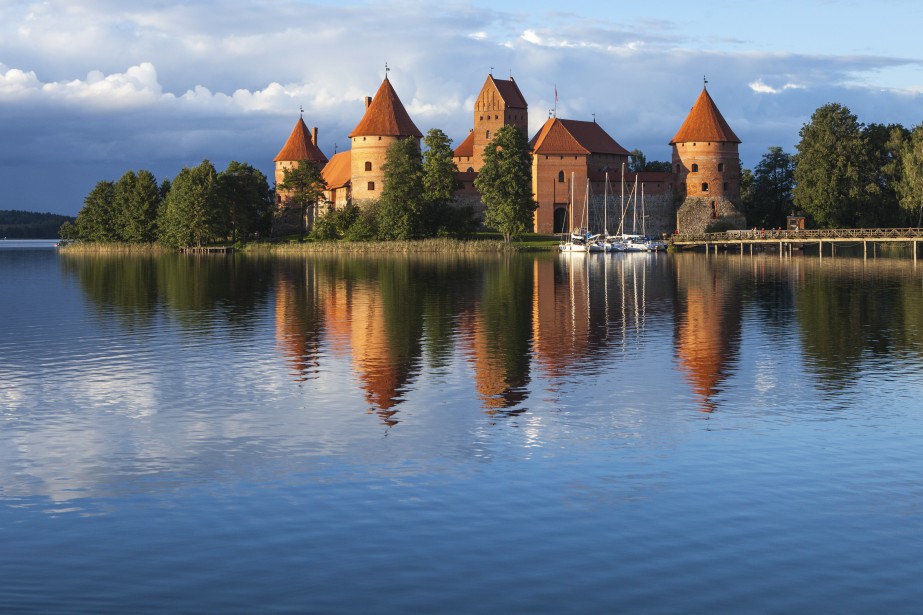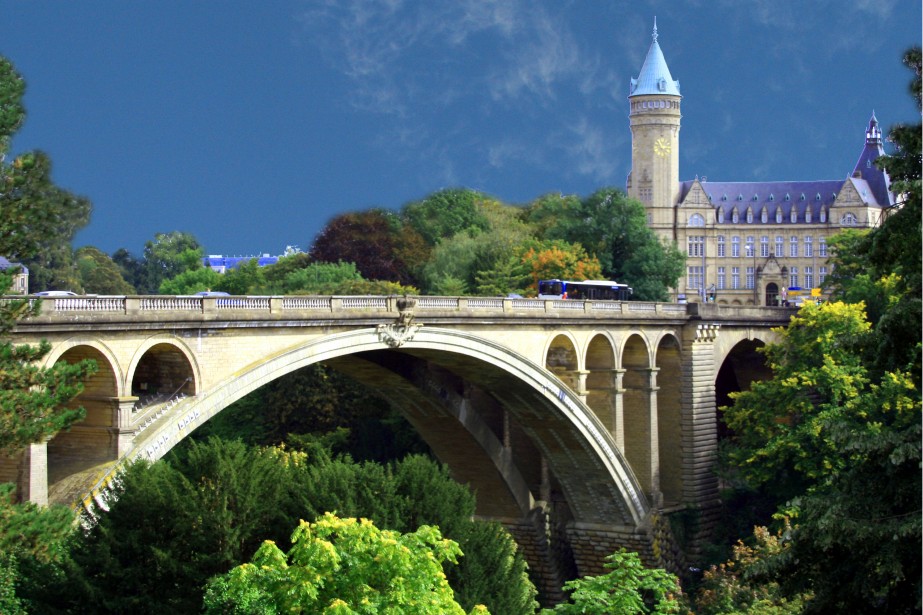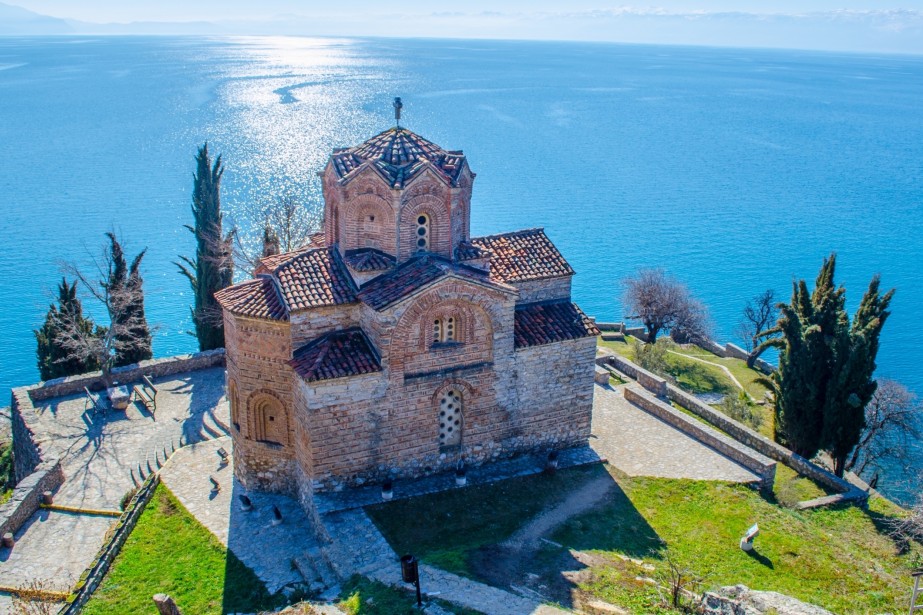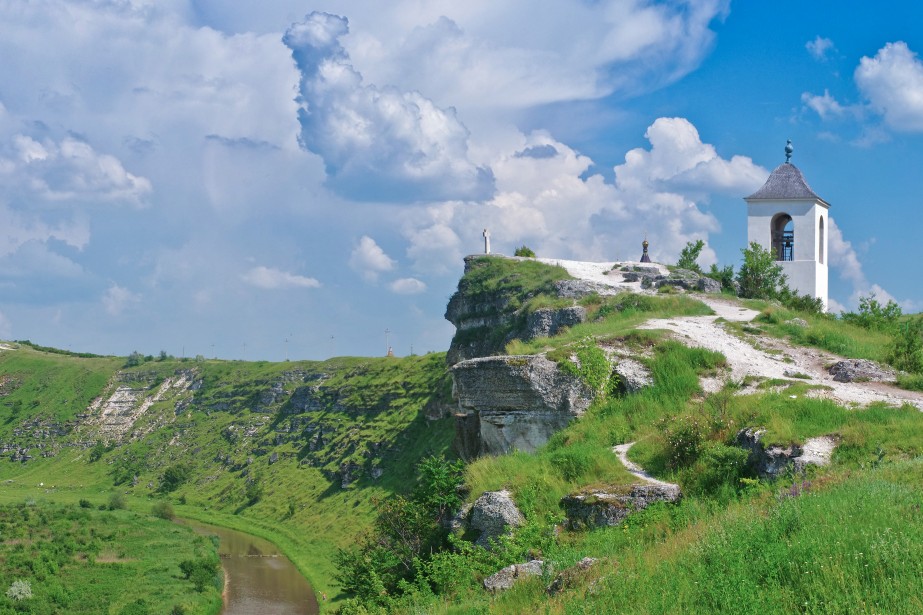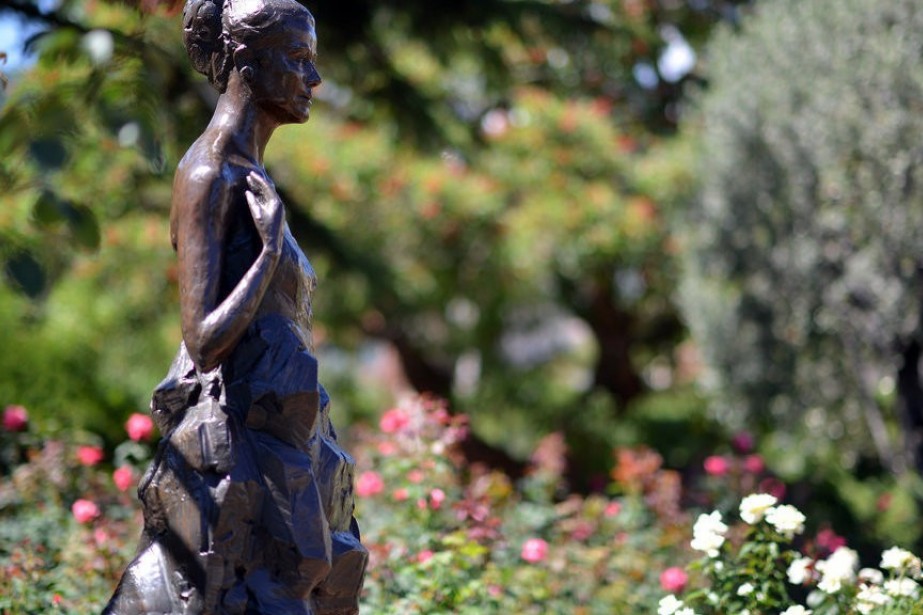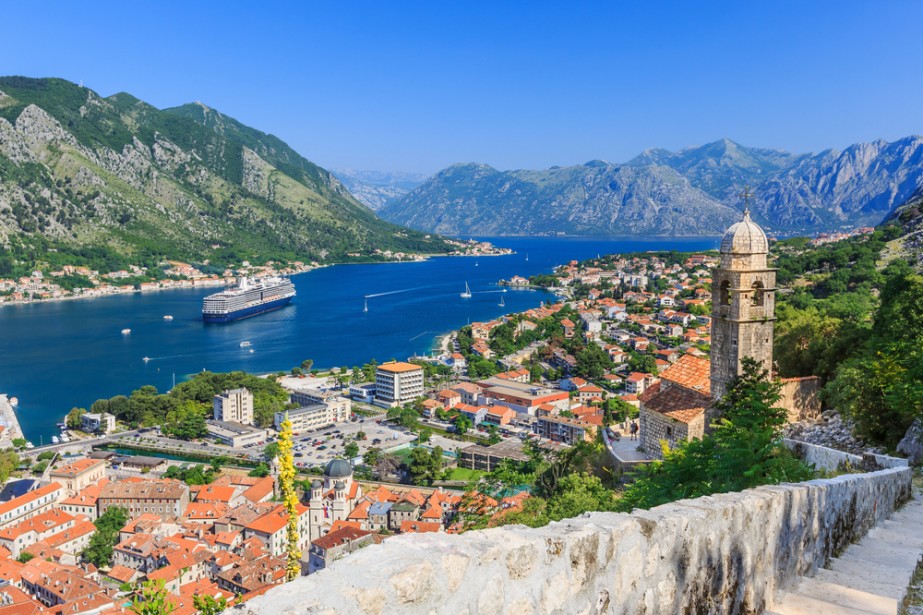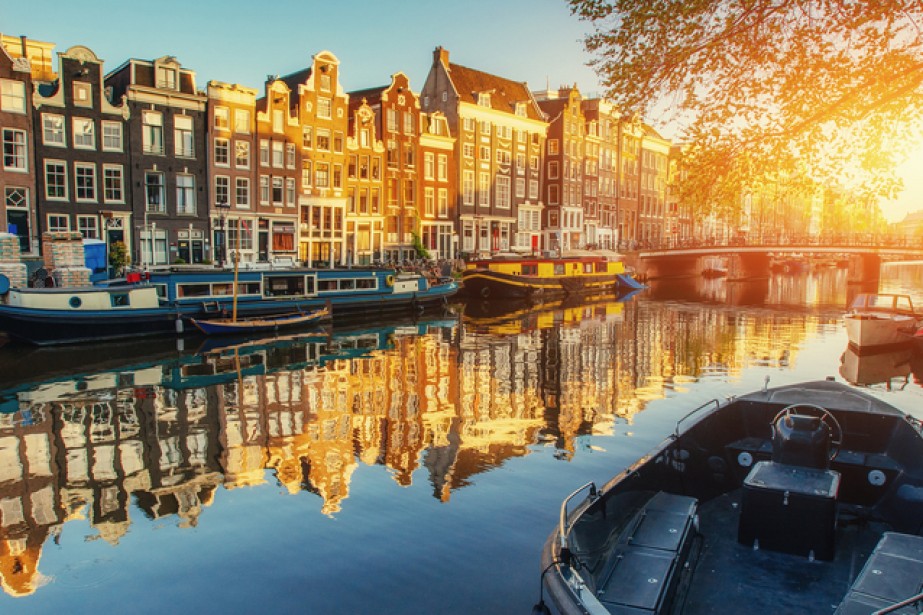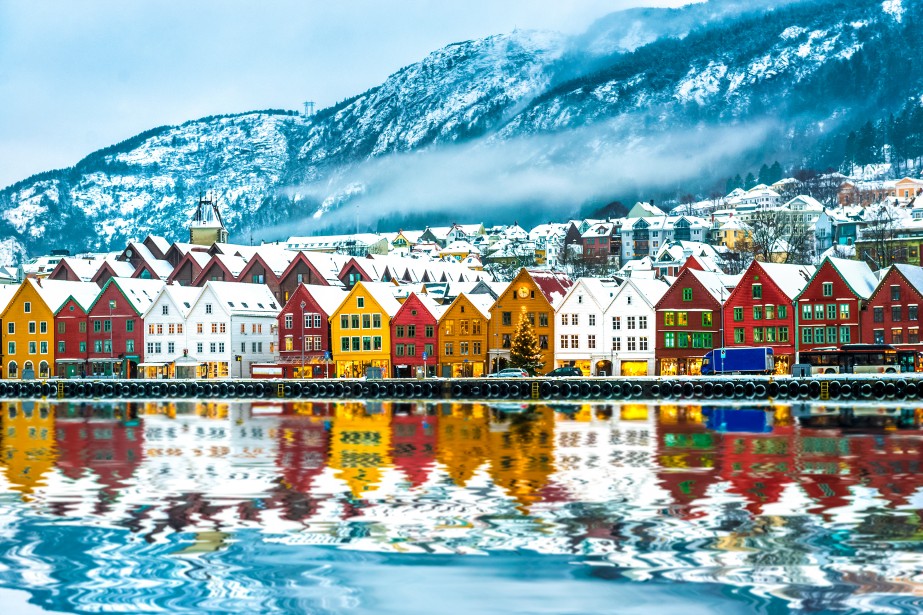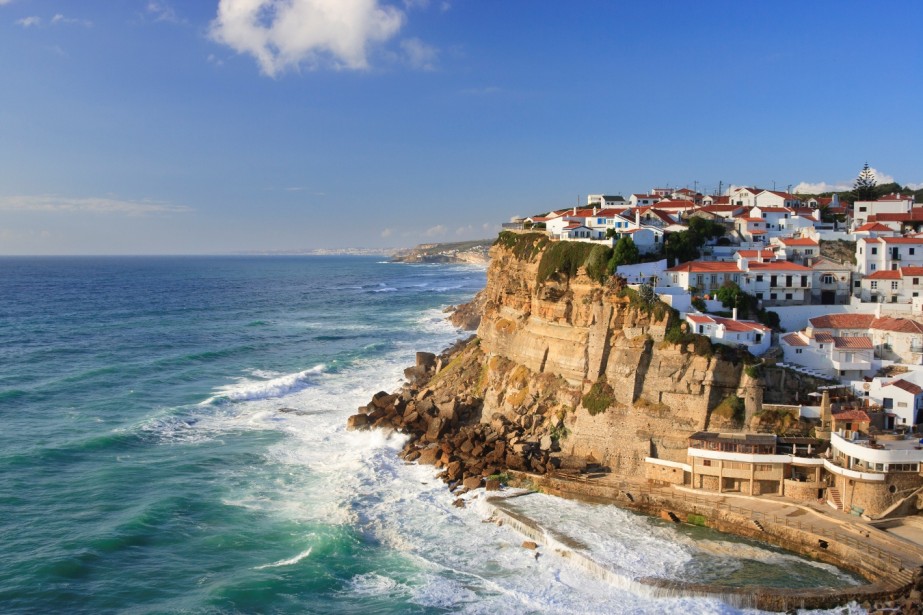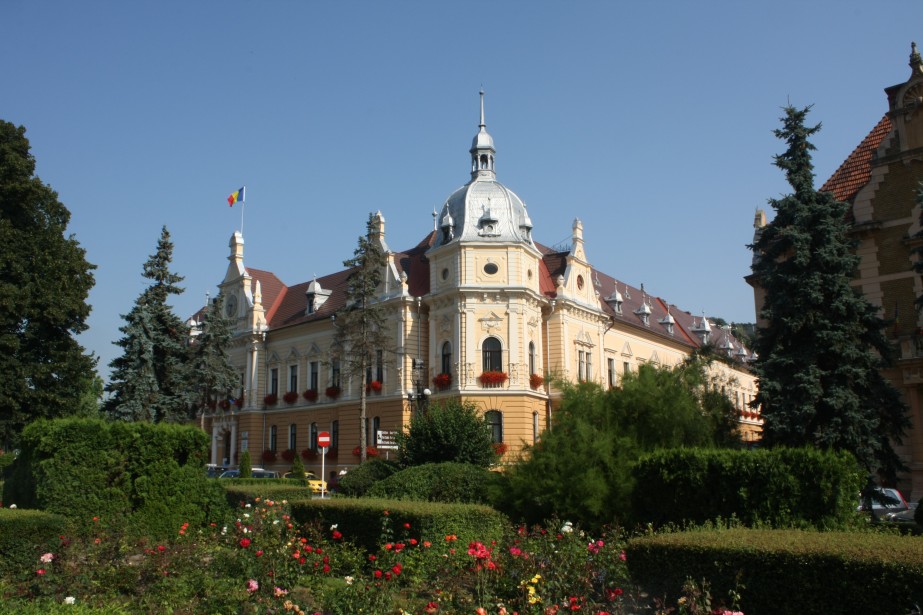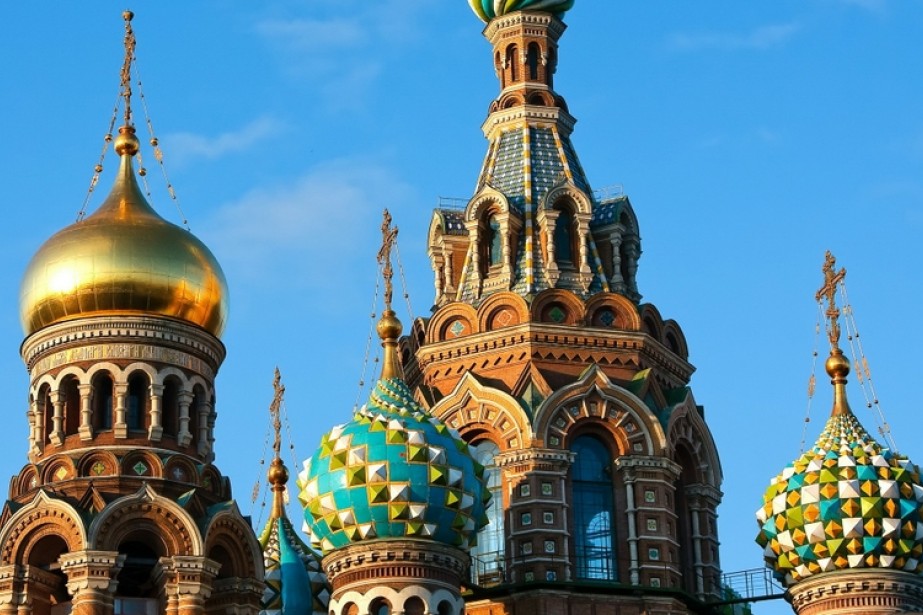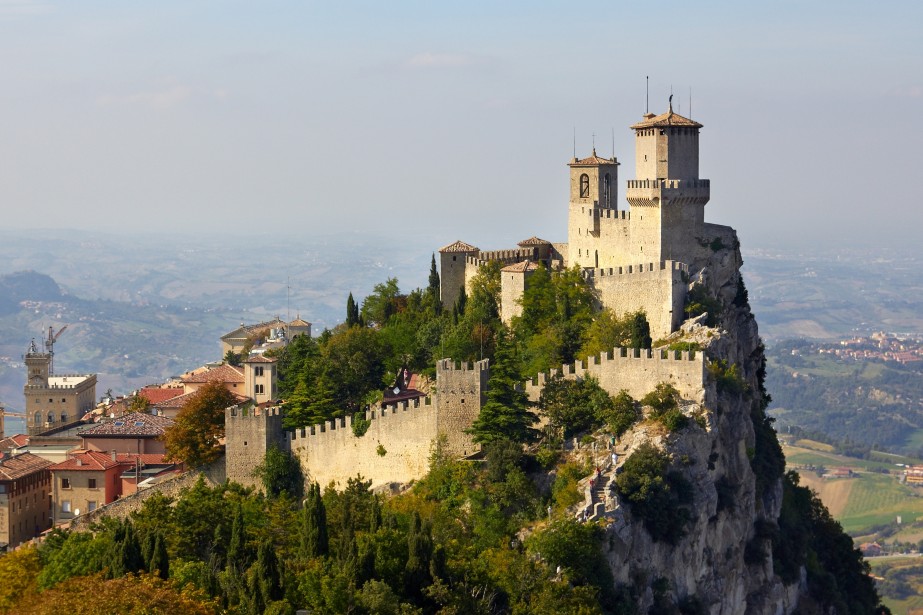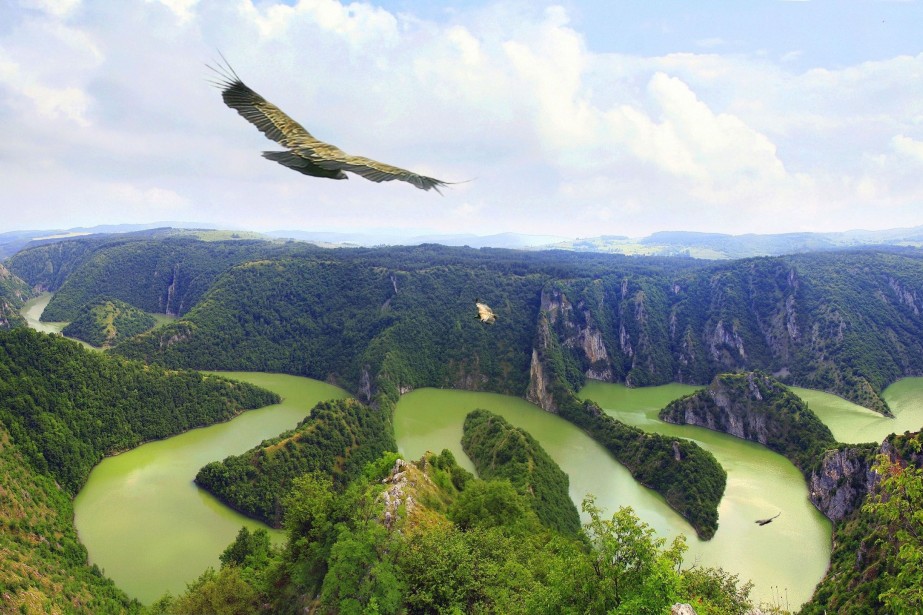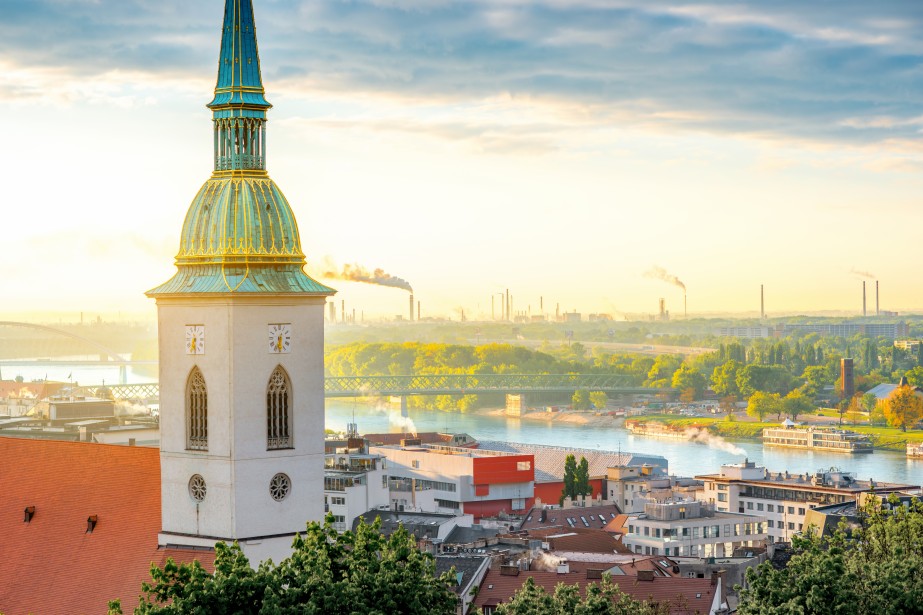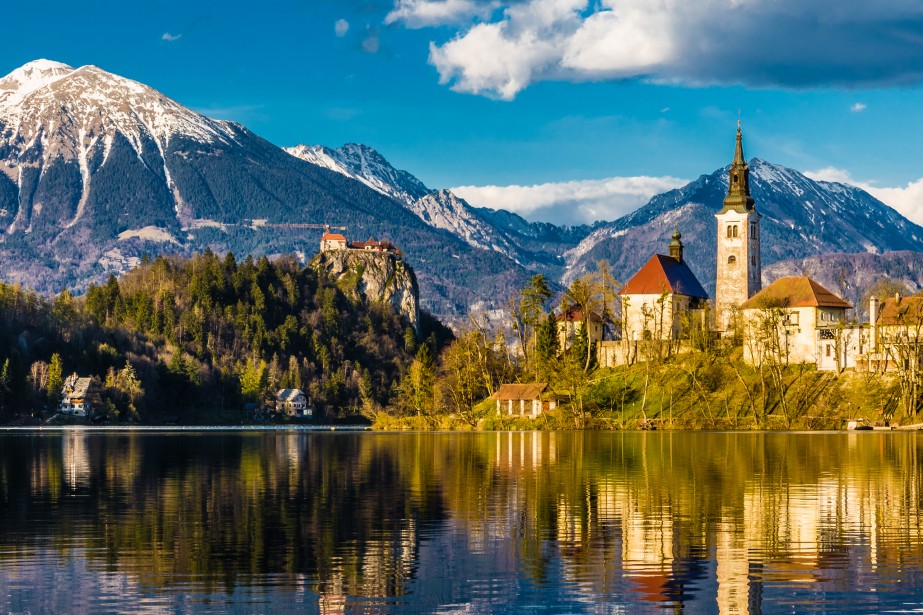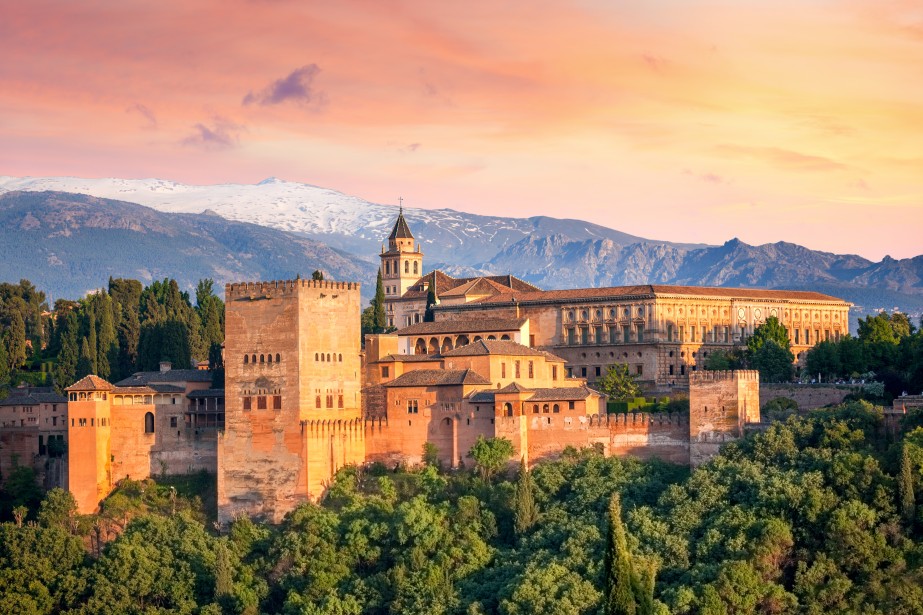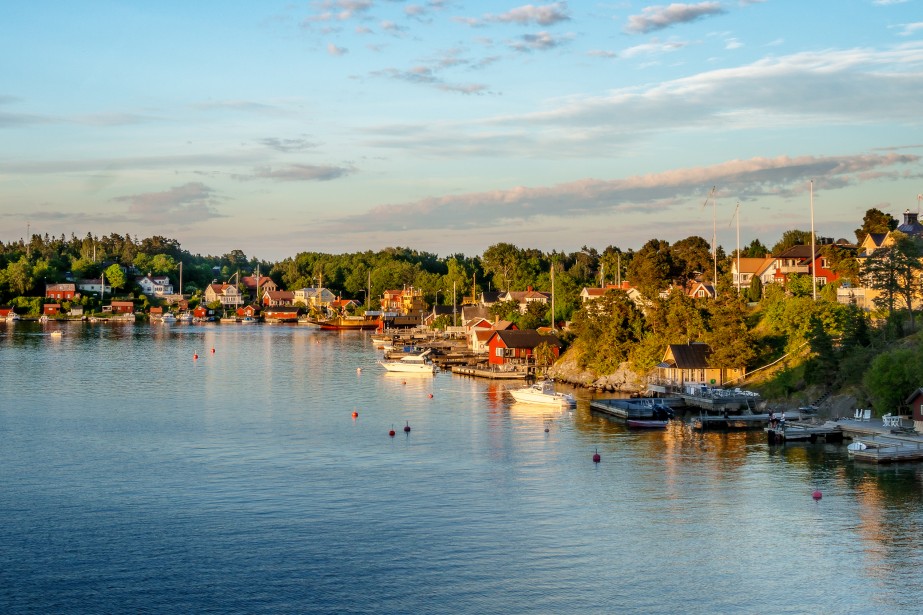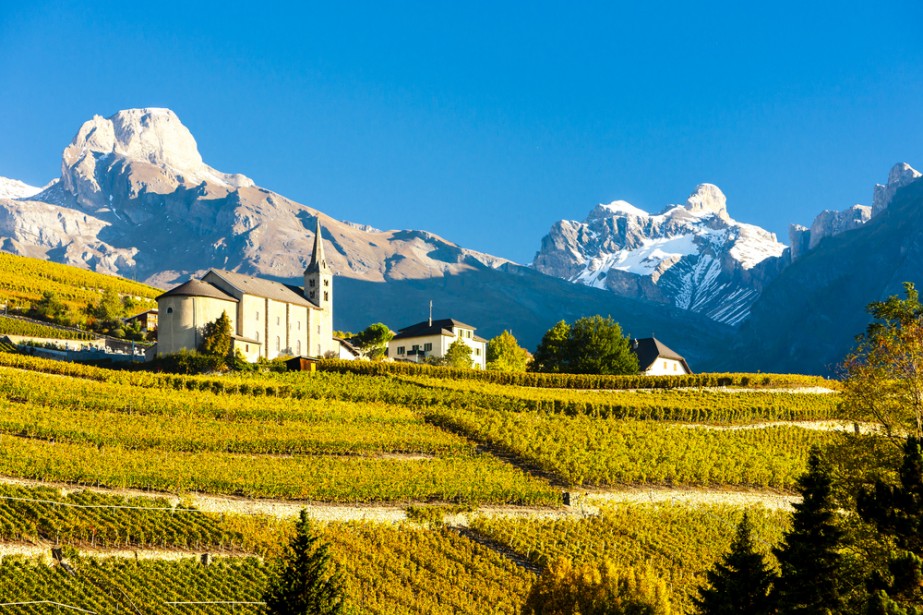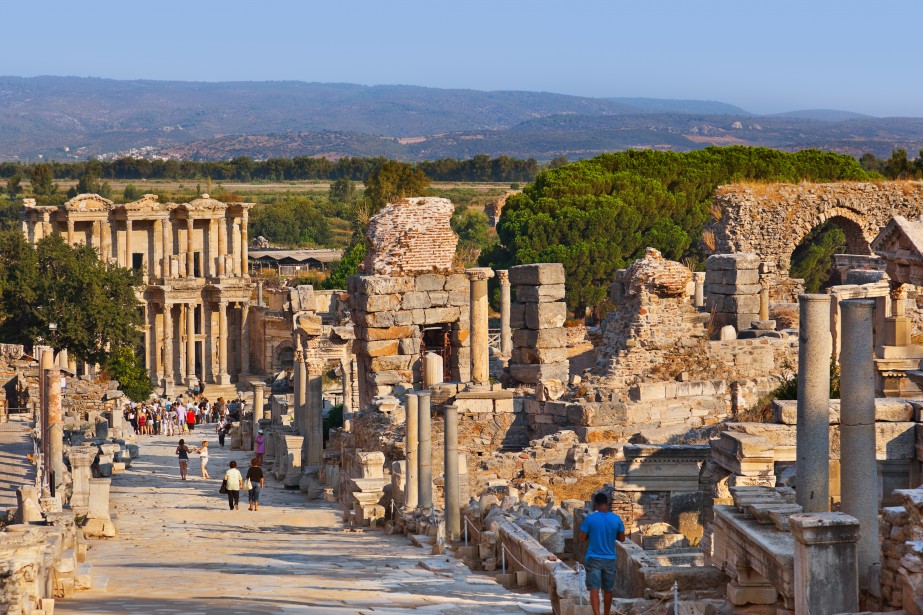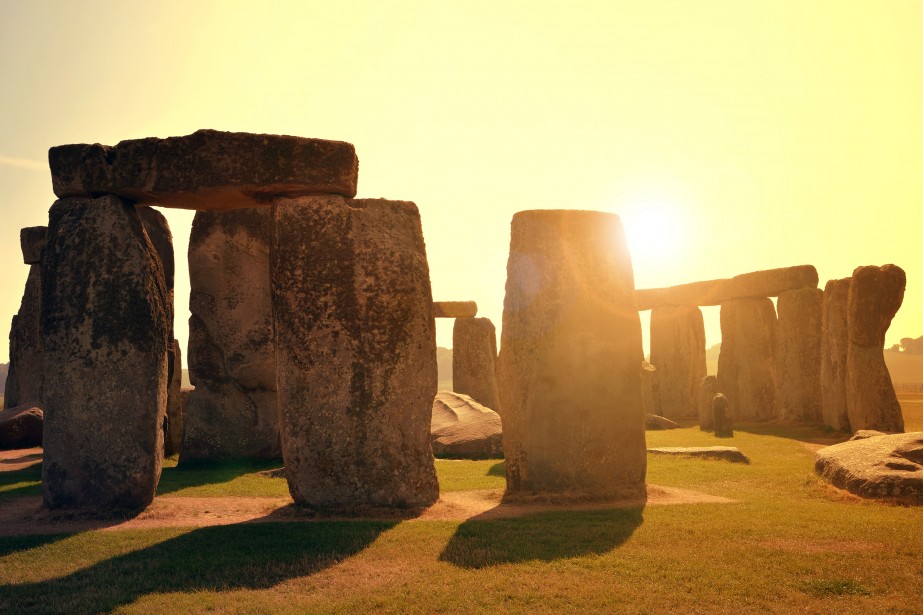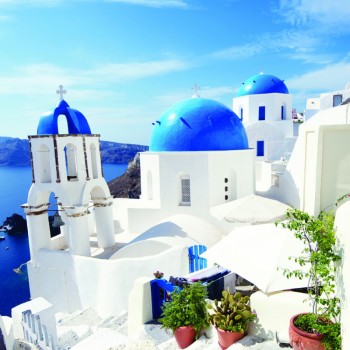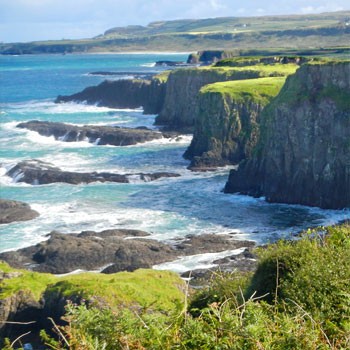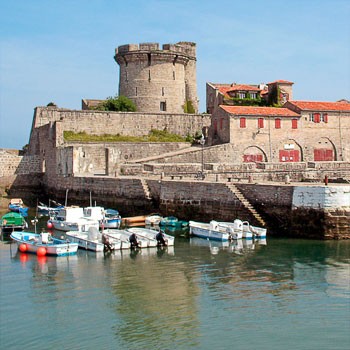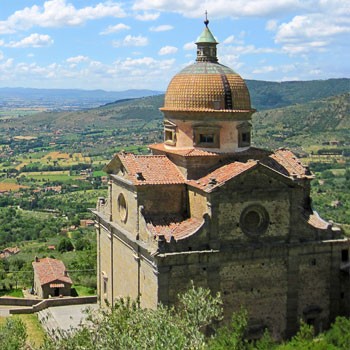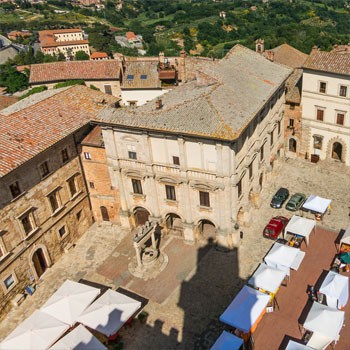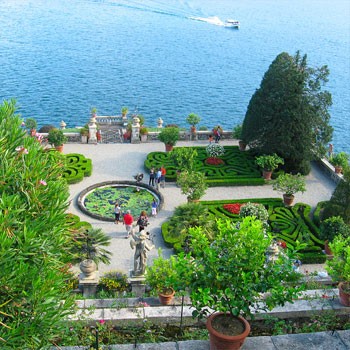Submitted by Carie Williams on November 17, 2015
Overview
Nestled between Switzerland and Austria, Liechtenstein lies in the Upper Rhine Valley. One of only two double landlocked countries in the world, it is home to just over 37,000 people within its 62 square miles of landmass. Its location in the European Alps make it a great destination for lovers of winter sports. Majority of the topography is mountainous, with a smattering of farmland to the north and south.
The Head of State in Liechtenstein is a constitutional monarch with an elected parliament. The voters can also propose and enact legislation independent of the legislature. The country gained its sovereign status in 1806. Historically, this microstate maintained a close relationship to the Austro-Hungarian Empire until the end of World War I. At the end of the War, Liechtenstein entered into a customs and monetary agreement with its neighbor to the west, Switzerland, as a result of the economic devastation experienced by its eastern neighbor.
The country remained neutral through the Second World War. At the War’s end, it granted asylum to Russian forces despite the economic struggles in Liechtenstein. Majority of these soldiers were eventually resettled in Argentina. The dynastic family of Liechtenstein turned to selling family possessions in the battle against financial hardship. The struggle turned to prosperity in the following decades, increasing in importance on the financial spectrum. In the first part of the 1990s, Liechtenstein joined the United Nations, the European Free Trade Association, the European Economic Area, and the World Trade Organization. Today, the people of Liechtenstein have one of the highest standards of living in the world.
When to Travel
Weather in Liechtenstein varies depending on elevation. Generally speaking, summers are warm with temperatures averaging 69°F. Winters are frequently mild and average temperatures are near 28°F. Temperatures are often regulated due to the presence of the Föhn wind. This warm, dry wind that is carried down from the mountains not only increases temperature, but provides excellent conditions for grape harvests.
Summers temperatures make June, July, and August some of the best months to enjoy what the country has to offer, although also often three of the wettest months. Winter sports enthusiasts will enjoy the frequent snow in the winter months.
The Vaduz Film Festival takes place in July. Launched in 1996, this festival was originally held in the Rheinpark Stadium. In 2006, it was moved to the square in the center of Vaduz in front of the town hall. This two week event is a fantastic even for film enthusiasts. Movies are typically shown in their original language with German subtitles.
August 15th is National Day in Liechtenstein. Celebrated since 1940, the front lawn of Vaduz Castle is filled with thousands of participants. Speeches start the activities and the day is filled with festivity and food. The gardens of the castle are only open to the public on this day. You can rub elbows with royalty, government officials, and the people of Liechtenstein during this one day event.
A trip to Treisenberger in the fall will delight the food enthusiast in everyone. Guests can sample some of the finest cooking from regions all over the country. The event runs from mid-October through the end of November. As if the traditional dish offerings weren’t enough, the tranquil setting of the village creates a perfect setting for a trip back in time.
Cuisine and Drinks
Käsknöpfle is the national dish in Liechtenstein. This cheesy pasta dish is often served with fried or caramelized onions and apple puree. It is similar to Germany’s Käsespätzle, this hearty and comforting dish is one the entire family will love.
Another dish deeply steeped in Liechtenstein tradition is Ribel. Also known as Ribl, this cornmeal based recipe was once a staple found on the tables of the country’s poorer population. Today, this dish is often revered as a traditional delicacy in many restaurants. Cornmeal is combined with milk, salt, and butter, then roasted. Locals pair this menu item with coffee, cooked cherries, apple puree or sour cheese.
Most likely imported from the Swiss long ago, Rösti is a common dish found on the menu in Liechtenstein. Potatoes are coarsely grated and fried, most often served sans accoutrements, although some regions add bacon, cheese, apple, or seasoning.
Visitors will frequently encounter various forms of Saukerkas, a remnant of the French influence on the country. This cheese is made locally and has a wonderful sour flavor. Locally produced items are common on the menu as the country does not typically import processed foods.
Vineyards and wineries can be found throughout the country, making wine quite a treat when visiting Liechtenstein. There are over twenty different wine varieties available, each with unique qualities and flavor. The country also has two breweries the produce high quality local beer. In Triesen, visitors can find the Telser distillery. Fruit-based liqueurs and award-winning whiskey are produced by this over 130 year old family business.
Popular Sights
Gutenberg Castle – In the center of Balzers, sitting high on a hill, is the Gutenberg Castle. Originally a medieval church, it began the transformation to castle in the 12th century. It was a possession of the lords of Frauenberg until 1314 when ownership transferred to the House of Hapsburg. Ownership transferred several more times throughout history until purchased by the Liechtenstein government in 1979 to be converted into a museum. Portions of the castle are open year round and visits are free. The chapel and rose garden are open during set hours during tourist season and on Sundays other time of the year.
Vaduz Castle – Located in the capital city of Vaduz, this castle is the official residence of the reigning prince. It was presented by Charles VI, the Holy Roman Emperor at the time, to the Princely Family of Liechtenstein and has been held by the family since. It has been the primary residence for the Princely Family since 1938. Portions of the castle are open to the public at only select times, including National Day.
Liechtenstein National Museum – The museum dates back to 1438 when it was used as a tavern. Renovations began in the late 1990s to extend portions of the building. Today, visitors can explore the history and culture of Liechtenstein through exhibits in the three buildings that contain the 42 exhibit rooms.
Liechtenstein National Library – The library is a legal depository established in 1961. It contains books, artwork, and works of music created by the citizenry of Liechtenstein. It also serves as a patent, public and scientific library.
Kunstmuseum Liechtenstein – Completed in 2000, this museum displays modern and contemporary art in addition to the national art collection of the country. Architects from Switzerland, Meinrad Morger, Heinrich Degelo, and Christian Kerez designed the museum with outward simplicity and structural complexity. Tinted concrete and black basalt stone are the primary materials used in the large black box structure. Inside, visitors will find a white cube to create a space completely devoted to art.
Neuguthof Adventure World – Visitors to this adventure world can pan for gold or spend time with animals in the petting zoo. You can sign up for a jeep safari or wear out the youngest members of the family at the playground. Be sure to trek through the corn maze before you leave. Open summer through early fall, this is a treat for the whole family.
Weiherring Leisure Park – For the active traveler, this is a great place to spend an afternoon. Take a stroll on one of the walking paths or team up for a rousing game of volleyball before settling down for an outdoor meal. Picnics are easy with the wide variety of barbeque areas available.
Grossabünt Outdoor Leisure Centre – This vast outdoor activity oasis is host to a climbing wall, football pitch, and even an area for slacklining. The biggest jewel in the crown for this facility is a large and beautiful lake open for swimming in the summer during daylight hours.
Practical Info
The country does not have its own currency. Instead, the official currency has been the Swiss Franc since 1924. Currency exchange is available at the banks, but transactions are limited to only regular operating hours. Major credit cards are widely accepted in the country.
There is no coastline, airport, or harbor in Liechtenstein. The Zurich airport is the closes location to fly into when traveling to the country. Traveling within the country is not only easy, but affordable thanks to the local bus system. Well timed to coordinate with the railway timetables, no car is necessary when exploring Liechtenstein.
When driving in the country, be alert for livestock on the roads.
Sources
https://en.wikipedia.org/wiki/Liechtenstein
http://www.liechtenstein.li/en/

